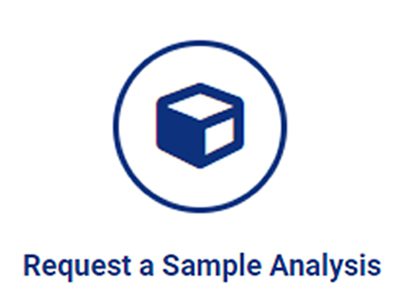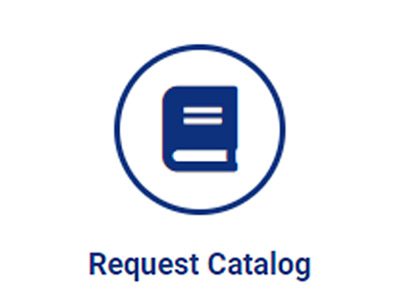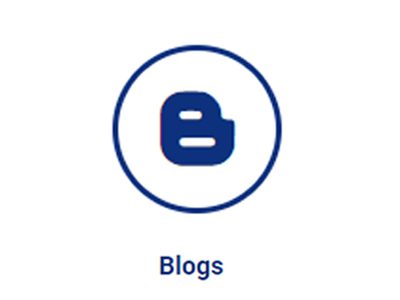Coral reefs, the rainforests of the sea, face a future shaped by rising carbon dioxide and ocean acidification. What happens when nature’s builders are exposed to corrosive waters? A new study from Puerto Morelos, Mexico, offers both a warning and a glimpse of resilience.
FAQ Spotlight: Is calibration required? What calibration standards are used?
Calibration is not required because UIC Inc. carbon analyzer coulometer systems are based on Faraday’s electrochemical laws. However, it is recommended to run standards sporadically to ensure everything works properly.
The research team behind this paper relied on UIC Inc. Coulometer systems to analyze dissolved inorganic carbon (DIC) in coral reef waters. Calibration checks were conducted against certified CO₂ reference material from the Andrew Dickson Laboratory, ensuring confidence in their measurements. This approach guaranteed that shifts in carbonate saturation and pH, critical indicators of coral health, were measured with accuracy.
The big reveal: reefs exposed to low-pH groundwater, sometimes dipping below a saturation state of 1.0, hosted only a handful of resilient coral species such as Porites astreoides and Siderastrea radians. Larger, framework-building corals, the backbone of Caribbean reefs, were absent. This finding underscores that even when precise instruments like UIC Inc. analyzers confirm calcification is possible, biodiversity and structural complexity diminish under acidified conditions.
Details matter. The team sampled across ten submarine springs over multiple seasons, analyzing DIC, alkalinity, nutrients, and saturation states. UIC Inc. systems ensured reliable carbon quantification, while standards verified the integrity of results. Without such rigor, patterns of coral survival under acidification could have been misinterpreted.
The implications are profound: only a narrow band of corals may withstand tomorrow’s ocean chemistry. As pH and carbonate saturation fall globally, reefs could transform into simplified ecosystems dominated by a few hardy species. For policymakers, conservationists, and industry leaders, this study demonstrates why calibration standards, even when not strictly necessary, are invaluable for credibility.
Ocean acidification is real, measurable, and already shaping coral communities. The lesson is clear: with UIC Inc. analyzers, accuracy is assured, but the outlook for reefs demands urgent attention. Visit UIC Inc. to learn how precision carbon analysis supports discoveries that matter for the planet’s future.
Reference: Crook, E. D., Potts, D., Rebolledo-Vieyra, M., Hernandez, L., & Paytan, A. (2012). Calcifying coral abundance near low-pH springs: Implications for future ocean acidification. Coral Reefs, 31(1), 239–245. https://doi.org/10.1007/s00338-011-0839-y




